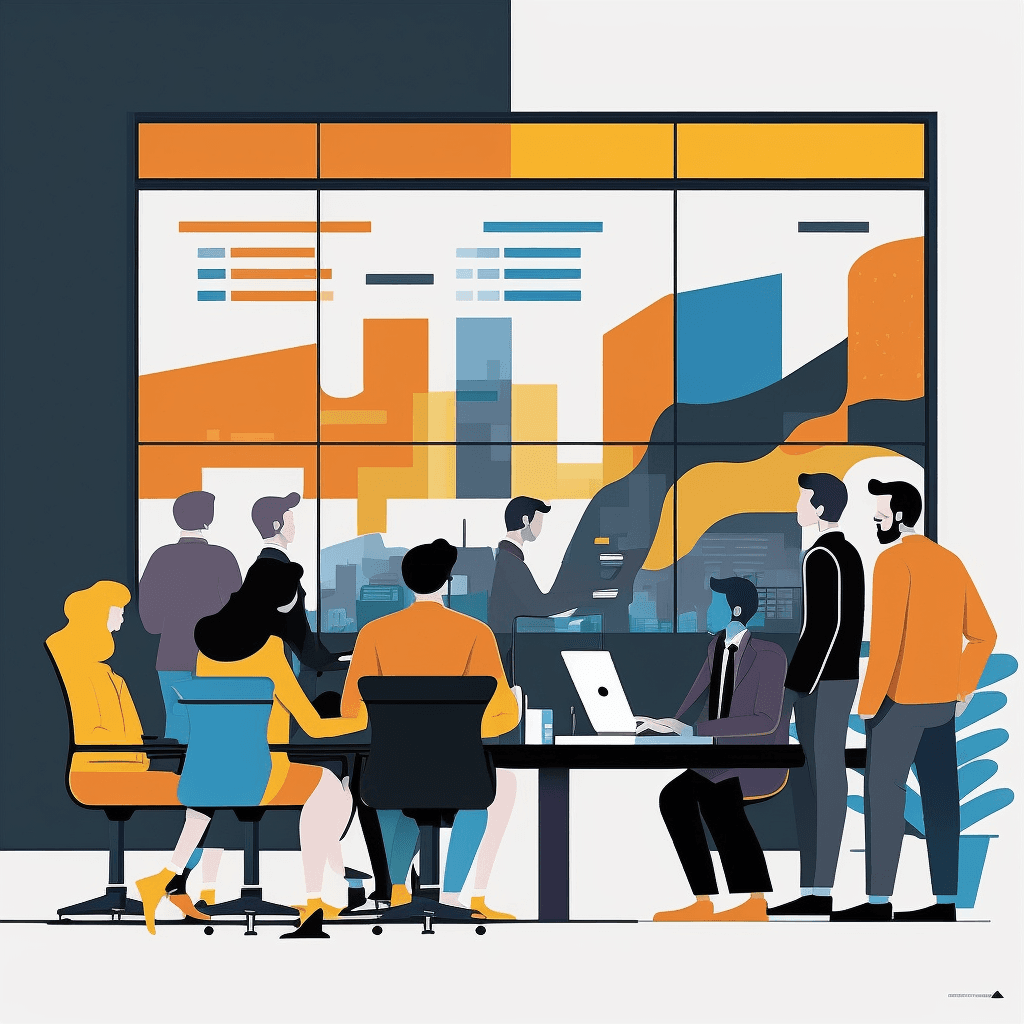WorkplaceResilienceIndex
Workplace Resilience Index (WRI) is a user-friendly platform for business leaders and employees to self-assess the performance of their workplace holistically. The WRI is an innovative online tool that is the culmination of extensive research and practical insights into how today's workplaces effectively navigate the ever-evolving business landscape. Companies use WRI to measure their performance against best practices in market-leading workplaces. We are currently offering WRI free of charge to support businesses in building workplace resilience and driving sustainable success.

Across the world, companies like you, have started creating their version of the next normal. Some organizations have suffered severely from the COVID-19 pandemic, some managed to get by, and others steered the new opportunities for the greater good. The changes are manifold, and each company has its strengths and weaknesses in building resilience muscle. Despite similarities in operations and work patterns, each organization deals with a unique situation with its people, space, workflows, technologies, culture, external relations, etc. The critical initiative for every business leader is to run a broad, reliable assessment of the company's performance to identify gaps and potentials, and double-click on the immediate actions.
Our team has conducted extensive research to structure important factors necessary for hybrid working and growing resilience in the organization. The research originated a new framework for workplace resilience that measures the performance of each organization under Workplace Organization, Culture, Architecture and Technology. Successful companies thrive in all these domains and they most likely continue to lead in the next normal, as they have started to make changes that set precedents for other companies.
Overall Information
Performance | 46%
Your overall performance is average. While this is not generally concerning, there is a gap to bridge with outstanding performances. Refer to the following details for a closer look at your strengths, as well as areas with room for improvement. This may help you set your targets for building workplace resilience.
Domains and Indicators
Workplace Organization | 22%
This domain focuses on the dynamics between employees and the organization. Properties of the work culture are key determinants of resilience and healthy relations. Effective communication channels, feedback mechanisms, and opportunities for talent development are among the necessary conditions for a resilient workplace.

Performance
Your company's performance in this domain has been relatively poor. We strongly recommend that you closely examine the areas of concern and take steps to improve your performance in those areas.
Performing indicators
You don't have any top-performing indicator under this domain. This means your average score never reached60% for any of the indicators here.
Concerning indicators
You scored poorly in these indicators. You should delve into the matter for each indicator, run your route cause analysis and decide on the proper healing action.
- Efficiency of internal communication
- Staff well-being and Health
- Enabling remote working
- Fair and balanced workload
- Talent development
Worplace Culture | 49%
This domain looks into interpersonal relations at work. For the workplace to be a healthy, thriving, and positive environment, employees should be on good terms with each other. Positive interpersonal relationships can significantly boost the quality of their operations, improve their communication and mutual understanding, help them to deliver their best, and lead them towards success in their careers.

Performance
Your performance in this domain was not exceptional, nor was it concerning. We encourage you to prioritize your actions by identifying areas where improvement is needed. Additionally, it's crucial to understand the indicators that have kept your performance above the concerning level. You may explore ways to sustain their positive impact and expand upon them in the next phase.
Performing indicators
Here you created great alignment internally and scored a performance close to the best practices among thriving companies.
- Interactions and collaboration with the team
- Culture of reward and recognition
Average indicators
Your performance here was neither poor nor outstanding. You may need to pay more attention to them to narrow the gap with best practices among thriving companies.
- Extra-curricular/off-work relationships
Concerning indicators
You scored poorly in these indicators. You should delve into the matter for each indicator, run your route cause analysis and decide on the proper healing action.
- Building trust among people
- Diversity , equity, and inclusion
Workplace Architecture | 52%
This domain is concerned with the spatial qualities of workplace and its design. Qualities of the physical environment play an important role in unlocking productivity and innovation. Factors such as comfort, flexibility in the work settings, adaptability for future growth, and workplace amenities are among manifold elements that could influence an organization’s level of competency in this respect. The spatial qualities of the work environment could also affect the physical and mental well-being of employees.

Performance
Your performance in this domain was not exceptional, nor was it concerning. We encourage you to prioritize your actions by identifying areas where improvement is needed. Additionally, it's crucial to understand the indicators that have kept your performance above the concerning level. You may explore ways to sustain their positive impact and expand upon them in the next phase.
Performing indicators
Here you created great alignment internally and scored a performance close to the best practices among thriving companies.
- Flexiblity and choice enabled in workplace environment
- Comfort level in the workspace (thermal comfort, ergonomic furniture, ...)
- Wellness support in workplace
Average indicators
Your performance here was neither poor nor outstanding. You may need to pay more attention to them to narrow the gap with best practices among thriving companies.
- Dedicated space for teamwork and collaboration
- Satisfaction with the workplace amenities
- Easy access and user-friendliness in overall workplace arrangement
Concerning indicators
You scored poorly in these indicators. You should delve into the matter for each indicator, run your route cause analysis and decide on the proper healing action.
- Multi-sensory elements of the environment (light, air, acoustic, smell, etc.)
- Workspace design and aesthetic qualities
Workplace Technology | 63%
This domain concentrates on technological tools and strategies. A technology adoption plan that is well scoped and developed results in growth, better performance, and resilience. The rapidly changing technology solutions and resources offer innovative ways of working, especially during times of adversity. This opens an incredible array of opportunities for organizations to reflect on their routine activities, changing needs, and future possibilities.

Performance
Your organization has achieved a high score in this domain, which is a promising outcome that indicates strong performance across most indicators. To maintain this positive trend and potentially improve further, we suggest taking a closer look at some of the indicators listed below.
Performing indicators
Here you created great alignment internally and scored a performance close to the best practices among thriving companies.
- Support for Business Continuity
- Planned IT maintenance
Average indicators
Your performance here was neither poor nor outstanding. You may need to pay more attention to them to narrow the gap with best practices among thriving companies.
- Necessary office equipment
Concerning indicators
You scored poorly in these indicators. You should delve into the matter for each indicator, run your route cause analysis and decide on the proper healing action.
- Technology skills and training
Profile of Respondents
Gender
- Female40%
- Male43%
- Non-binary12%
- Prefer not to say5%
Experience
- Less than a year12%
- Between 1 and 5 years35%
- Between 5 and 10 years23%
- More than 10 years30%
Age
- 18-24 years old10%
- 25-34 years old34%
- 35-44 years old10%
- 45-54 years old22%
- 55-65 years old24%
Role
- Executive7%
- Senior30%
- Mid28%
- Entry35%
Be in control of the change and apply the new knowledge to your organization.